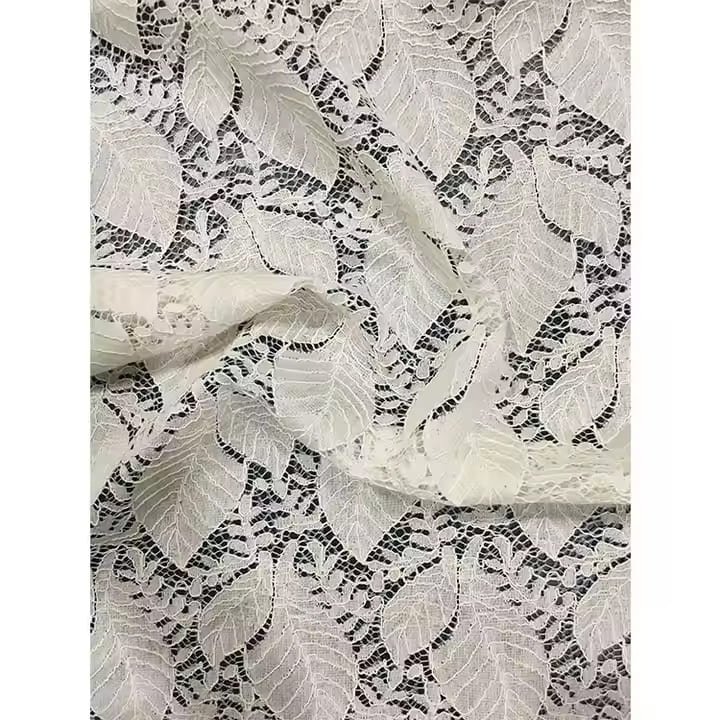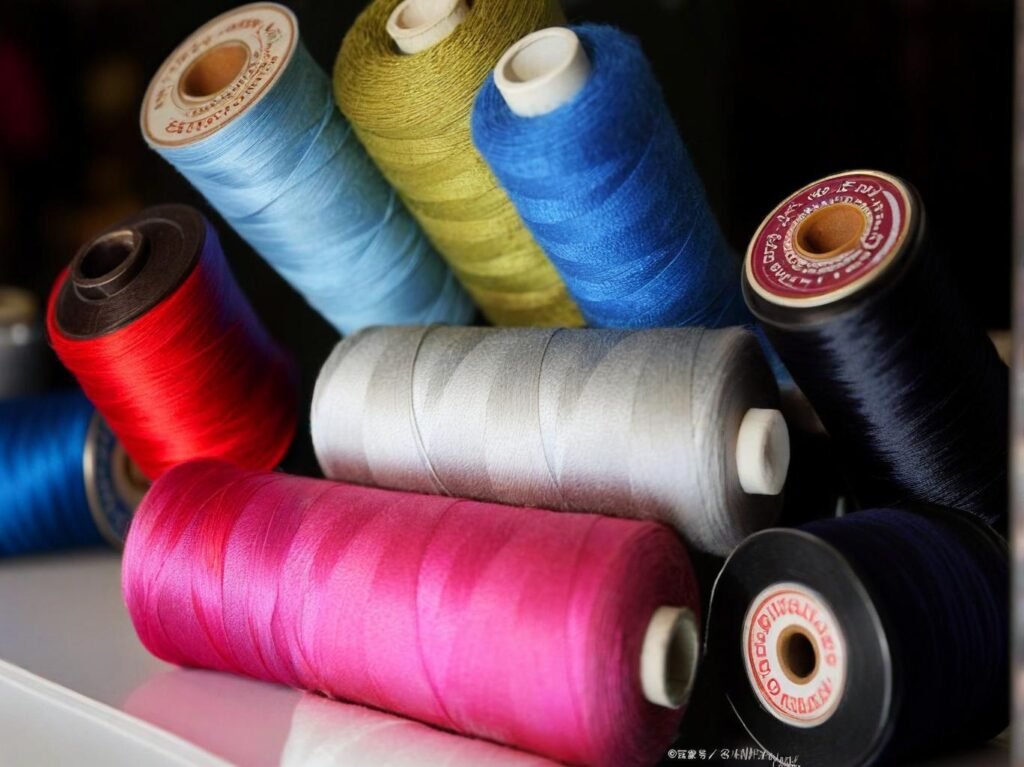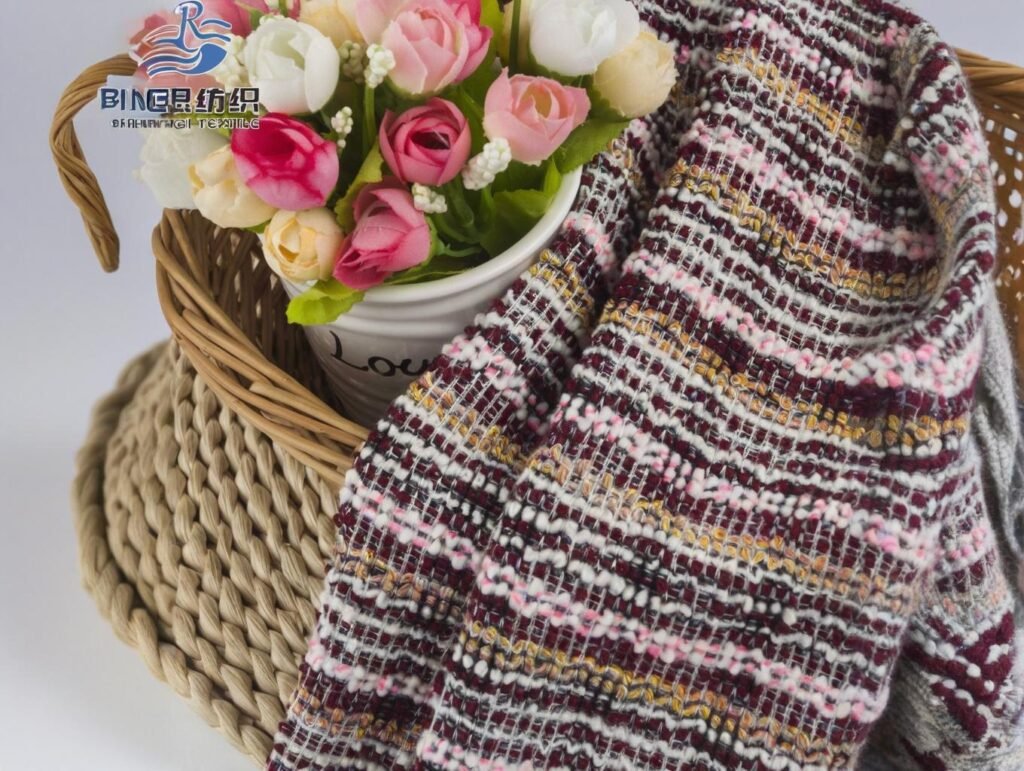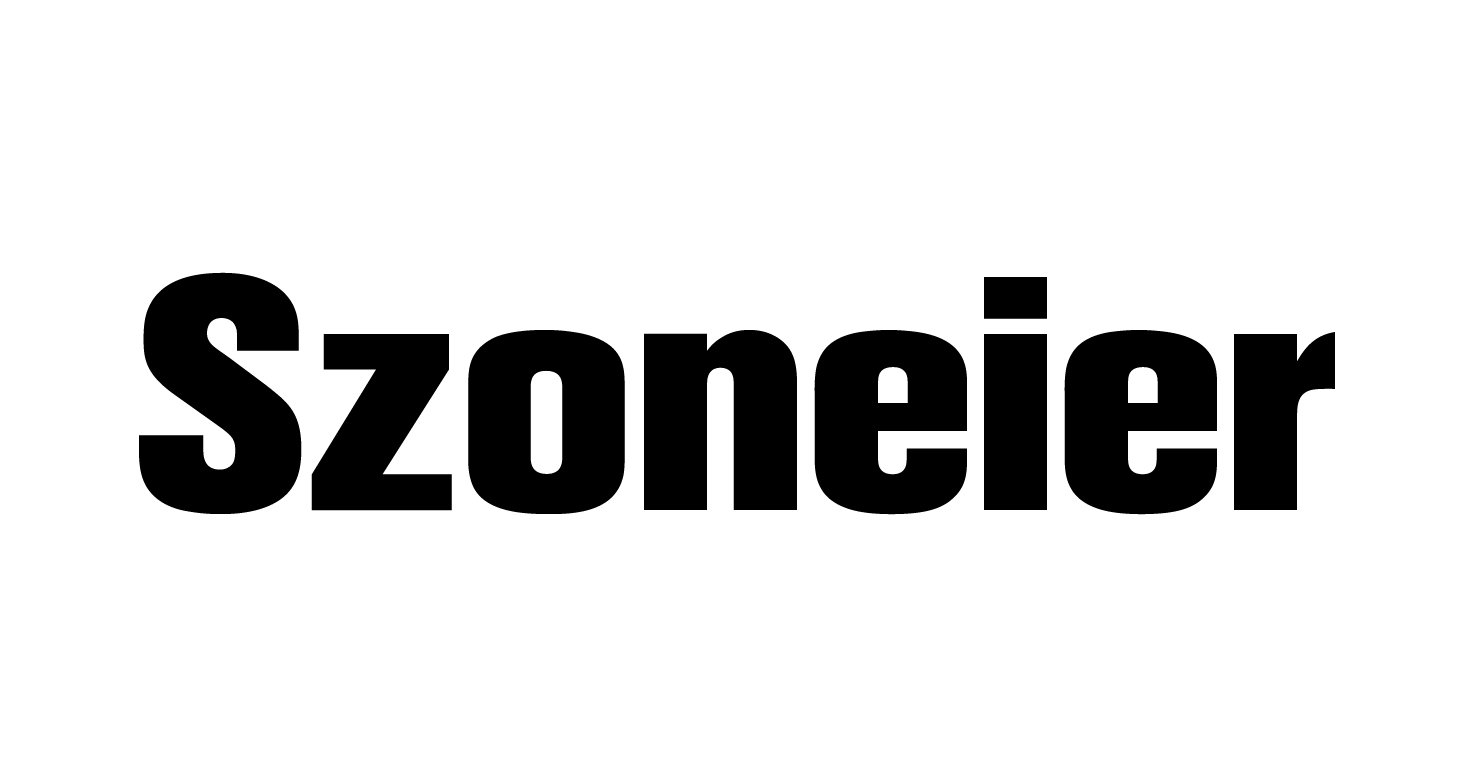In modern construction, choosing the right material isn’t just about strength—it’s about balancing durability, aesthetics, energy efficiency, and cost. Acrylic has emerged as a versatile option for glazing, partitions, and decorative features because it combines glass-like clarity with lightweight durability. From residential skylights to commercial signage, architects and engineers rely on acrylic to bridge performance and design flexibility.
Quick Answer: Acrylic is used in construction because it provides high optical clarity, impact resistance, UV stability, and versatile fabrication options. It is commonly supplied as sheets and panels for glazing, partitions, roofing, and decorative surfaces—offering a safer, lighter, and more customizable alternative to glass.
Consider this: A European stadium project replaced glass panels with acrylic sheets in its roofing system. The result? A structure that weighed 40% less, required fewer steel supports, and still offered crystal-clear visibility for spectators. This story shows how material choice can redefine architecture itself.
What is Acrylic Material, and Why is it Commonly Used in Modern Construction Projects?

Quick Answer: Acrylic, or polymethyl methacrylate (PMMA), is a transparent thermoplastic celebrated for its glass-like clarity, lightweight nature, and impact resistance. Modern construction projects use acrylic for glazing, skylights, facades, signage, and decorative partitions because it combines aesthetic flexibility with durability and ease of fabrication, making it a cost-effective alternative to conventional glass.
Material Properties Driving Acrylic Adoption
- Transparency: Up to 92% light transmission (higher than most glass).
- Lightweight: About 50% lighter than glass, reducing structural load.
- Impact Strength: 10–20 times stronger than standard window glass.
- Design Flexibility: Can be thermoformed, laser-cut, CNC-routed, or bent into complex shapes.
- Weather Resistance: UV-stabilized grades resist yellowing and degradation outdoors.
Performance Advantages in Construction
- Safety: Higher impact resistance lowers shatter risk compared to annealed glass.
- Energy Efficiency: Lightweight panels can be double- or triple-glazed for insulation.
- Aesthetic Versatility: Available in tinted, frosted, mirrored, and patterned finishes.
- Ease of Maintenance: Can be polished or refinished if scratched, extending service life.
Cost & Lifecycle Benefits
- Lower Structural Costs: Lightweight panels require less steel reinforcement.
- Ease of Installation: Reduces crane and labor expenses due to lighter handling.
- Long Service Life: With proper UV stabilization, panels last 20+ years in outdoor exposure.
Comparative Table: Acrylic vs Glass in Construction
| Property | Acrylic (PMMA) | Standard Glass |
|---|---|---|
| Weight | ~50% lighter | Heavy, higher structural load |
| Impact Resistance | 10–20× stronger | Brittle, high shatter risk |
| Transparency | 92% (optical grade) | ~90% |
| UV Resistance | High (with additives) | Varies by coating |
| Fabrication Ease | Cut, drilled, thermoformed | Limited to cutting/lamination |
| Cost of Structural Support | Lower | Higher due to weight |
Case Example: Cost Savings in Retail Architecture
A U.S. shopping mall replaced conventional laminated glass with UV-stabilized acrylic skylights. Results:
- 18% reduction in total structural steel costs.
- 30% faster installation due to lighter panels.
- Improved daylighting led to 12% energy savings on interior lighting.
Limitations to Note
- Scratch Resistance: Acrylic scratches more easily than glass, though refinishing is possible.
- Thermal Limits: Not recommended for environments exceeding 80–90°C.
- Chemical Sensitivity: Avoid exposure to strong solvents that may cause surface crazing.
Acrylic’s lightweight, impact resistance, and design versatility make it a preferred material for contemporary architecture—especially where safety, aesthetics, and cost efficiency converge. While tempered or laminated glass still leads in fire safety and hardness, acrylic excels in ease of fabrication and lifecycle value for most non-load-bearing, daylighting, and decorative applications.
Which Types of Acrylic Sheets and Panels Are Available for Architectural Applications?
Architectural-grade acrylic options include cast acrylic sheets, extruded acrylic sheets, impact-modified panels, UV-stabilized weatherable panels, and specialty finishes such as frosted, mirrored, or patterned acrylic. Each type serves different functional and aesthetic roles in façades, skylights, partitions, and interior branding.
A. Cast Acrylic Sheets: Premium Clarity & Stability
- Manufacturing: Cell-cast from liquid methyl methacrylate (MMA) monomer.
- Advantages:
- Optical clarity >92% light transmission.
- Low internal stresses → reduced warping.
- Superior edge finish for CNC machining and polishing.
- Applications: Museum glazing, skylights, high-end architectural signage, canopies.
- Typical Thickness Range: 3–50 mm.
B. Extruded Acrylic Sheets: Cost-Effective & Uniform
- Manufacturing: Continuous extrusion process → uniform sheet thickness.
- Advantages:
- Lower cost vs. cast acrylic.
- Easier thermoforming due to lower molecular weight.
- Consistent gauge → ideal for large-format installations.
- Applications: Indoor partitions, commercial signage, decorative panels.
- Limitations: Slightly lower optical and thermal stability vs. cast acrylic.
C. Impact-Modified Acrylic Panels: Safety & Durability
- Additives: Blended with elastomers for 5–10× higher impact resistance than standard acrylic.
- Applications: Stadium barriers, school glazing, public transit shelters, safety partitions.
- Comparison: Lower transparency (~88–90%) vs. cast acrylic but meets EN 356 P2A safety glazing standards.
D. UV-Stabilized & Weather-Resistant Acrylic Panels
- Co-extruded UV layers extend outdoor life to 15–20 years without yellowing (ΔYI < 5 after 5,000 hrs QUV-B exposure).
- Applications: Façades, greenhouses, skylights, acoustic barriers along highways.
- Performance: Complies with ASTM D4802 and EN 13501-1 fire classification (Class B-s1, d0 with additives).
E. Specialty Finishes for Design Flexibility
| Finish Type | Key Benefits | Architectural Use |
|---|---|---|
| Frosted/Matte | Privacy + diffused light | Office partitions, spa enclosures |
| Tinted/Colored | Solar control + aesthetics | Façade cladding, atrium panels |
| Mirrored Acrylic | Lightweight alternative to glass mirrors | Interior décor, retail branding walls |
| Patterned/3D | Textured surfaces, anti-glare finishes | Feature walls, signage backdrops |
F. Comparative Table: Acrylic Sheet Types
| Type | Light Transmission (%) | Impact Strength | UV Stability | Cost Level | Best Use Cases |
|---|---|---|---|---|---|
| Cast Acrylic | 92–93 | Standard | High (UV grades available) | $$$ | Skylights, glazing, luxury signage |
| Extruded Acrylic | 90–92 | Standard | Moderate | $$ | Indoor partitions, retail décor |
| Impact-Modified Acrylic | 88–90 | 5–10× Standard Acrylic | Moderate | $$$ | Safety glazing, stadium barriers |
| UV-Stabilized Acrylic | 90–92 | Standard | Excellent | $$$ | Roofing, façades, outdoor barriers |
| Specialty Finishes | 85–92 (varies by texture) | Standard | Depends on substrate | $$–$$$ | Decorative interiors, branding walls |
G. Case Example: Singapore Commercial Complex, 2024
- Challenge: Needed lightweight, UV-stable, privacy-friendly panels for outdoor atrium and office partitions.
- Solution: Combined UV-stabilized frosted acrylic panels for façades with impact-modified tinted panels for public safety glazing.
- Result: Achieved 45% weight reduction vs. tempered glass and 20-year outdoor weatherability with minimal maintenance.
- Cast vs. Extruded: Cast acrylic is preferred for luxury applications, but extruded panels dominate where budget efficiency is key.
- Impact-modified panels trade off some optical clarity for safety compliance in public spaces.
- UV stabilization and fire-retardant grades are becoming non-negotiable for projects in tropical or high-sunlight regions.
How Does Acrylic Compare to Glass and Polycarbonate in Strength, Weight, and Transparency?

Acrylic (PMMA) offers higher clarity and lighter weight than glass while being stronger and UV-stable. Compared to polycarbonate, acrylic is less impact-resistant but more scratch-resistant and weatherable, making it a better long-term choice for architectural glazing and decorative applications where optical performance and aesthetics matter most.
A. Acrylic vs. Glass
- Strength: Acrylic is 10–20× stronger than glass, resisting breakage under moderate impact loads.
- Weight: Acrylic weighs 50% less than glass, reducing structural support needs.
- Transparency: Acrylic transmits 92% visible light, higher than standard annealed glass (~90%).
- Workability: Acrylic can be cut, drilled, thermoformed, and fabricated into complex shapes that glass cannot achieve cost-effectively.
When to choose acrylic over glass:
- Skylights, decorative panels, safety glazing for low-to-medium impact zones, signage, and custom-shaped partitions.
B. Acrylic vs. Polycarbonate
- Impact Resistance: Polycarbonate is ~200× stronger than glass, 10× tougher than acrylic → best for high-security and extreme impact applications.
- Scratch Resistance: Acrylic offers better surface hardness; polycarbonate needs hard-coat layers to prevent abrasion in outdoor use.
- UV Stability: Acrylic is naturally UV-resistant, while polycarbonate requires UV-stabilized grades or coatings to prevent yellowing and degradation.
- Clarity: Acrylic provides optical-grade transparency (92%) vs. polycarbonate (~88–90%).
When to choose polycarbonate over acrylic:
- Riot shields, machine guards, bullet-resistant glazing, impact barriers.
C. Cost & Maintenance Perspective
| Factor | Glass | Acrylic (PMMA) | Polycarbonate |
|---|---|---|---|
| Material Cost | Lowest | Moderate | Highest |
| Fabrication Cost | Higher (cutting, shaping expensive) | Lower (easily fabricated) | Moderate (needs coating) |
| Maintenance | Low (hard surface) | Moderate (scratch-prone but polishable) | Higher (needs UV + scratch coating) |
| Lifecycle | 10–15 yrs (outdoor glazing) | 15–20 yrs (UV-stable grades) | 10–15 yrs (with UV coating) |
D. Comparative Performance Table
| Property | Glass | Acrylic (PMMA) | Polycarbonate |
|---|---|---|---|
| Weight | Heavy | 50% lighter than glass | 40% lighter than glass |
| Strength vs. Glass | Baseline | 10–20× stronger | ~200× stronger |
| Transparency (Light %) | ~90% | 92% | 88–90% |
| Scratch Resistance | Good | Good | Poor (needs coating) |
| UV Resistance | Varies by grade | Excellent | Poor (needs stabilizer) |
| Fabrication Flexibility | Low | High | Moderate |
| Cost | Low | Moderate | Higher |
E. Case Example: Architectural Safety Glazing
A Canadian sports arena replaced annealed glass spectator barriers with acrylic panels:
- Reduced panel weight by 50%, lowering structural costs.
- Improved impact safety against hockey pucks.
- Maintained 92% optical clarity, ensuring clear audience views.
In contrast, polycarbonate barriers were reserved for the goalie zone due to extreme impact loads.
- Glass: Best for thermal stability, fire resistance, and scratch-free longevity with minimal maintenance.
- Acrylic: Best balance of clarity, cost, UV stability, and moderate impact safety for general architectural use.
- Polycarbonate: Best for high-security and extreme impact applications but requires UV + hard-coat treatments for outdoor performance.
Are Acrylic Panels Suitable for Energy-Efficient Glazing and Thermal Insulation in Buildings?
Yes—modern acrylic glazing panels in double-wall, multi-wall, and UV-coated formats can improve building energy performance by reducing heat transfer and enhancing daylighting. While they don’t achieve the insulation levels of triple low-E glass, they deliver a cost-effective, lightweight alternative for stadiums, malls, greenhouses, and roof glazing.
A. Thermal Performance & R-Values
- Single-layer acrylic: R ≈ 0.86 (U ≈ 1.16) → slightly less insulating than single-pane glass (R ≈ 0.95).
- Double-wall acrylic: R ≈ 1.5–2.0 (U ≈ 0.5–0.67) → significantly improves thermal resistance for wall/roof glazing.
- Multi-wall (3–5 layers) acrylic: R ≈ 2.5–3.0 possible with air or argon-filled cavities for advanced daylighting facades.
Comparison: Triple low-E glass can reach R ≥ 3.0 (U ≤ 0.33) but at 3–5× the cost and weight.
B. Daylighting & Visual Comfort
- Visible Light Transmission (VLT):
- Clear acrylic: 90–92%
- Double-wall acrylic: 80–85% (diffused, glare-free daylight)
- Frosted / prismatic textures: Distribute light evenly, reducing solar hotspots in atriums and skylights.
- Energy Savings: Case studies show 15–20% reduction in artificial lighting demand with high-transmittance acrylic panels.
C. UV & Solar Heat Control
- UV-blocking grades: 98% UV rejection, preventing fading of interiors and lowering cooling load.
- Tinted / IR-reflective coatings: Reduce Solar Heat Gain Coefficient (SHGC) for hot climates.
- Cool-roof skylight applications: Combine low-emissivity coatings + double-wall panels to achieve LEED daylighting credits.
D. Energy Performance Comparison Table
| Material | R-Value (m²·K/W) | U-Factor (W/m²·K) | Light Transmission | UV Resistance |
|---|---|---|---|---|
| Single-Pane Glass | 0.95 | 1.05–1.10 | 90% | Variable (coating needed) |
| Single-Layer Acrylic | 0.86 | 1.16 | 92% | 98% UV block (optional) |
| Double-Wall Acrylic | 1.5–2.0 | 0.5–0.67 | 80–85% | 98% UV block |
| Triple Low-E Glass | 3.0+ | 0.33 | 70–80% | 98% UV block |
Values per ASTM C1363 guarded hot-box testing & ISO 12567 fenestration standards.
E. Case Example: Arizona Greenhouse, 2024
- Design: Double-wall UV-stabilized acrylic panels replacing single-pane glass.
- Outcome:
- Cooling costs reduced by 15% in peak summer.
- Plant growth improved due to diffused daylight penetration.
- Installation weight reduced by 50% vs. glass, lowering structural steel costs.
- Insulation Limits: Acrylic cannot match triple low-E IGU systems for passive house or net-zero buildings.
- Value Proposition: Ideal for large-span daylighting projects needing weight savings, design flexibility, and moderate insulation gains.
- Hybrid Approaches: Some architects combine multi-wall acrylic panels with low-E coatings or dynamic shading for balanced thermal + daylight performance.
What Role Does Acrylic Play in Interior Design Applications Such as Partitions, Signage, and Decorative Panels?

Acrylic is a lightweight, versatile, and customizable material widely used for interior partitions, branding signage, wall panels, furniture, and lighting fixtures. It combines glass-like transparency with easier fabrication, lower weight, and a wide range of finishes, making it ideal for modern interiors where aesthetics, branding, and functional lighting intersect.
A. Partitions & Space Dividers
- Frosted & Tinted Acrylic: Provides privacy without blocking light, used in offices, clinics, and open-plan workspaces.
- Clear Acrylic: Maintains visual openness while reducing noise transmission in collaborative spaces.
- Shaping Flexibility: Thermoforming and CNC machining allow curved partitions and branded cut-outs.
Example: Co-working spaces in Singapore use laser-cut frosted acrylic partitions with integrated logos, offering privacy plus brand visibility.
B. Signage & Branding Elements
- Backlit Panels: Acrylic’s high light diffusion properties enable even LED illumination for signage.
- 3D Lettering & Logos: CNC and laser engraving create precise edges for reception areas and retail branding.
- Color Options: Available in transparent, opaque, fluorescent, and mirrored finishes.
Example: A global retail chain in Dubai replaced traditional metal signs with edge-lit acrylic panels, improving brand vibrancy while reducing signage weight by 40%.
C. Decorative Wall & Ceiling Panels
- Textured Acrylic Sheets: Used as feature walls in hotels, spas, and corporate lobbies.
- Perforated & CNC-cut Panels: Combine acoustic performance with aesthetic customization.
- Backlit Designs: Create dynamic light effects for modern interiors.
D. Furniture & Lighting Fixtures
- Acrylic Tabletops & Shelving: Lighter than glass, scratch-resistant grades extend durability.
- Lighting Applications: Used for diffuser panels in ceiling lights and decorative lamps.
E. Comparative Applications Table
| Application | Acrylic Advantage | Example Use |
|---|---|---|
| Office Partitions | Lightweight, privacy + light | Frosted acrylic office dividers |
| Retail Signage | High light diffusion | LED backlit store branding panels |
| Decorative Panels | CNC-cut, backlit options | Hotel lobby feature walls |
| Furniture & Fixtures | Modern look, easy cleaning | Transparent acrylic coffee tables |
| Lighting Diffusers | Uniform light spread | Ceiling LED panels, decorative lamps |
F. Case Example: Tokyo Retail Brand Upgrade
A Tokyo-based retail chain renovated 150+ stores using backlit acrylic signage and frosted acrylic partitions:
- Reduced signage installation weight by 55% vs. glass.
- Improved lighting efficiency by 18% using acrylic’s optical-grade diffusion.
- Achieved a consistent modern aesthetic across all locations.
G. Perspective
- Scratch Resistance: Acrylic scratches easier than tempered glass, but hard-coated acrylic options reduce maintenance needs.
- Cleaning Considerations: Use non-abrasive cleaners to maintain optical clarity.
- Durability vs. Design Flexibility: Acrylic offers more design freedom than glass or metal, though impact resistance is lower than polycarbonate.
H. Key Takeaways for Designers
- For branding and illuminated interiors, acrylic beats metal and glass due to light diffusion and CNC flexibility.
- For decorative partitions, it provides privacy, reduced weight, and quick installation.
- Pair with protective coatings in high-traffic interiors to extend service life.
How Durable is Acrylic in Outdoor Construction—Does It Resist UV, Weathering, and Impact?
Modern UV-stabilized acrylic panels provide 15–20 years of outdoor durability, retaining over 85–90% optical clarity under intense sun exposure. They withstand -40°C to +80°C temperature cycles, resist rain, snow, and salt spray, and deliver 10–20× the impact strength of glass, making them ideal for roofing, façades, and daylighting structures.
A. UV Resistance & Yellowing Protection
- UV-stabilized acrylic grades retain >90% light transmission after 10–15 years in outdoor conditions (QUV-B accelerated testing).
- Unlike polycarbonate, which requires UV-protective coatings, acrylic has inherent weathering stability in its polymer chain.
- Typical ΔYI (Yellowing Index) after 5,000 hrs exposure = <5 for architectural-grade panels.
B. Weathering & Climate Resilience
- Operates reliably between 40°C and +80°C without cracking or brittleness.
- ASTM D4802 testing shows no significant loss of tensile strength after 1,000 hrs salt-spray exposure (important for coastal façades).
- Surfaces can be anti-scratch coated for desert or urban pollution environments.
C. Impact Strength & Structural Stability
| Material | Impact Strength vs. Glass | Typical Use Case |
|---|---|---|
| Acrylic (PMMA) | 10–20× | Skylights, façades, sports arena roofing |
| Polycarbonate (PC) | ~200× | High-impact zones, hurricane glazing |
| Tempered Glass | 5× | Standard windows, balustrades |
- Acrylic panels meet EN 356 P2A safety glazing standards for moderate-impact architectural zones.
- For hurricane shutters or ballistic glazing, polycarbonate or laminated glass remains preferred.
D. Maintenance & Longevity
- Cleaning: Use pH-neutral detergents; avoid solvents like acetone or ammonia to prevent surface crazing.
- Polishability: Scratches can be flame-polished or buffed to restore optical clarity.
- Lifespan:
- UV-stabilized acrylic = 15–20 years
- Polycarbonate = 10–15 years (with coatings)
- Glass = 20–30 years (low maintenance but heavier)
E. Comparative Outdoor Durability Table
| Property | Acrylic (PMMA) | Glass | Polycarbonate |
|---|---|---|---|
| UV Resistance | Excellent (15–20 yrs) | Variable | Needs UV coating |
| Impact Resistance | Moderate (10–20× glass) | Low (brittle) | High (~200× glass) |
| Weather Resistance | Excellent (salt, rain, sun) | Excellent | Good (prone to yellowing) |
| Weight vs. Glass | ~50% lighter | Heavy | 40–50% lighter |
| Lifespan | 15–20 years | 20–30 years | 10–15 years |
F. Case Example: Spain Sports Arena
- Project: Curved acrylic façade panels installed in 2010.
- Exposure: Mediterranean sun, coastal humidity, wind loads.
- Result (2023):
- 88% transparency retained vs. <70% for nearby polycarbonate roofing after 10 years.
- Minimal yellowing, no major cracking or delamination reported.
- Best for aesthetics + daylighting: Acrylic remains unmatched for UV stability + optical clarity at reasonable cost.
- Not for extreme impact zones: Polycarbonate or laminated glass is safer for hurricane or vandalism-prone areas.
- Specifying coatings (anti-scratch, IR-reflective) further extends service life in desert or industrial environments.
What Installation Methods and Fabrication Techniques Are Used for Acrylic Sheets and Glazing Systems?

Acrylic sheets are installed using methods such as mechanical fastening, adhesive bonding, and framing systems. Fabrication techniques like thermoforming, laser cutting, and CNC machining allow acrylic to be shaped into customized panels and glazing systems tailored to architectural designs.
Fabrication & Installation Techniques
A. Cutting & Shaping Techniques
- Laser Cutting
- Ideal for: Precise, straight edges needed for signage, decorative panels, and custom shapes.
- Benefits: Achieves clean, accurate cuts with minimal heat distortion.
- Limitations: Higher upfront cost for equipment, slower process for large sheets.
- CNC Routing
- Ideal for: Complex architectural panels, partitions, and curved shapes.
- Benefits: Allows for intricate shapes and custom patterns with high precision.
- Limitations: Slower than laser cutting, may require post-finishing work to smooth edges.
- Thermoforming
- Ideal for: Curved skylights, canopies, or 3D panel designs.
- Benefits: Acrylic is heated and molded into curved shapes that glass cannot easily replicate, creating seamless, flowing designs.
- Limitations: Limited by thickness of material; thicker acrylic may be harder to form without cracking.
B. Joining & Bonding Methods
- Solvent Welding
- Ideal for: Seamless joins in large acrylic panels for windows, signage, or partitions.
- Benefits: Creates strong, invisible bonds between acrylic sheets, perfect for larger installations.
- Limitations: Requires precise alignment and a clean environment to prevent contamination that could cause weak joints.
- Adhesive Bonding (UV-Cured Adhesives)
- Ideal for: Displays, furniture, and smaller installations.
- Benefits: Allows for clear, invisible seams that are perfect for visual aesthetics, especially in decorative panels.
- Limitations: Requires clean environment during application, and UV curing may take time to achieve full strength.
- Mechanical Fastening (Screws, Brackets, Frames)
- Ideal for: Roofing, glazing systems, and removable panels.
- Benefits: Offers strong, removable joints, useful for temporary installations or when parts need to be replaced or maintained.
- Limitations: Hardware can be visible, detracting from the smooth, clean appearance of acrylic in some applications.
C. Installation Considerations
- Thermal Expansion
- Acrylic expands and contracts 5–7 times more than glass with temperature changes, so it is crucial to allow expansion gaps in frames to avoid stress cracks or warping.
- Allowance: Typically requires 5–10mm gaps per 1 meter of acrylic.
- UV Exposure
- Acrylic, especially in outdoor or sun-exposed installations, requires UV-stabilized grades to avoid yellowing and degradation over time.
- UV-resistant finishes extend the material’s lifespan and maintain its clarity.
- Sealing & Waterproofing
- Silicone gaskets are essential for sealing joints in glazing systems, especially for windows, skylights, and external facades.
- Ensures waterproofing and prevents leakage from thermal expansion and contraction.
D. Comparative Techniques for Acrylic Fabrication
| Method | Best For | Advantages | Limitations |
|---|---|---|---|
| Laser Cutting | Signage, decorative panels | Precision, clean edges, fast | Higher equipment costs, slower for larger sheets |
| CNC Machining | Structural panels, partitions, curves | Complex shapes, high precision | Slower than laser cutting, potential post-processing needed |
| Thermoforming | Skylights, canopies, curved designs | Curved, seamless designs | Thickness limitations, risk of cracking |
| Adhesive Bonding | Displays, small-scale furniture | Invisible seams, quick to install | Needs a clean application environment |
| Mechanical Fastening | Roofing, glazing systems, removable parts | Strong, removable joints | Visible hardware, slower installation |
E. Case Example: Dubai Convention Center
A Dubai convention center installed thermoformed acrylic skylights as part of its modern architectural design:
- The lightweight acrylic panels reduced structural steel requirements by 30%.
- The curved, transparent panels provided unique aesthetics, offering vibrant lighting while lowering cooling costs.
- The use of UV-resistant acrylic ensures the panels retain clarity for 25+ years.
- Acrylic’s versatility in fabrication allows for complex, customized designs, making it a go-to material for interior features and modern facades.
- Thermal expansion and UV degradation must be carefully managed—especially in outdoor or high-humidity environments.
- Proper seam construction and installation techniques are critical to ensure longevity and performance without compromising aesthetics.
How Should Construction Teams Evaluate Cost, Sustainability, and Supplier Certifications When Sourcing Acrylic Materials?
Construction teams should weigh upfront cost, lifecycle savings, and sustainability when sourcing acrylic. Assess ISO 9001 and 14001 certifications, check ASTM/EN compliance, and consider the environmental impact of suppliers. This ensures performance, regulatory compliance, and environmental alignment for acrylic-based projects.
A. Cost Evaluation: Upfront vs. Lifecycle
- Material Cost Comparison:
- Acrylic is more expensive than standard glass but more cost-effective than polycarbonate (especially in large spans).
- Installation Cost: Acrylic’s lightweight properties reduce transportation and handling costs, lowering overall installation expenses.
- Longevity: Acrylic panels last 15–20 years outdoors with minimal degradation. Glass lasts 20–30 years, while polycarbonate’s lifespan is shorter (10–15 years). The longer lifespan of acrylic offsets its slightly higher upfront cost.
- Cost-Benefit Analysis:
- Example: In a stadium project, replacing polycarbonate panels with acrylic showed 22% savings in maintenance and replacement costs over 15 years due to superior UV stability and low-maintenance needs.
B. Sustainability Considerations
- Recyclability:
- Acrylic is recyclable at end-of-life, and new grades have lower environmental impact than older acrylic formulations.
- Bio-based acrylics, made from renewable resources, are increasingly available, appealing for eco-conscious projects.
- Sustainability Features:
- Acrylic’s lightweight nature cuts shipping emissions compared to glass, especially in large building projects.
- Many manufacturers now offer recycled content or eco-friendly production methods.
- Performance in Sustainability Certifications:
- Use of recycled acrylic contributes to LEED credits or BREEAM certification for projects seeking green building recognition.
C. Supplier Certifications & Compliance
- ISO 9001: Assures quality management systems are in place, meaning consistent acrylic production quality.
- ISO 14001: Demonstrates environmental responsibility in sourcing and production, crucial for reducing overall project environmental footprints.
- ASTM/EN Compliance: Validates that acrylic sheets meet building safety standards—important for compliance during inspections.
2025 Market Insight: Increasing regulatory scrutiny on materials means that suppliers who fail to meet ISO and ASTM standards may face delayed projects or non-compliance fines. Auditing suppliers for updated certifications is critical for avoiding project delays or penalties.
D. Comparative Sourcing Evaluation
| Factor | Glass | Acrylic | Polycarbonate |
|---|---|---|---|
| Material Cost | Low | Medium | High |
| Installation Cost | High (heavy) | Medium (lightweight) | Medium |
| Lifespan Outdoors | 20–30 years | 15–20 years | 10–15 years |
| Recyclability | Good | Good (new grades) | Limited |
| Certifications | Standard | ISO, ASTM, FDA opt. | ISO, ASTM |
E. Case Example: European Airport Terminal, 2023
- Project Details: Transitioned from polycarbonate to certified acrylic panels for façade and canopy glazing.
- Decision Rationale: While acrylic’s upfront cost was higher, the lifecycle cost savings were evident due to superior UV stability, reduced maintenance needs, and higher recyclability.
- Outcome: 22% lower replacement costs over 15 years. The project achieved environmental sustainability goals, leveraging eco-friendly acrylic formulations.
F. Perspective
- Long-Term Value vs. Initial Savings:
- The cheapest material doesn’t always offer the best value over time—especially with rising costs for maintenance, replacement, and energy.
- Supplier audits are essential for ensuring compliance with safety standards and green certifications—especially as regulations tighten.
- Supply Chain Flexibility:
- Teams should diversify suppliers across regions (e.g., Mexico, EU, Asia) to avoid tariff fluctuations and ensure resilience in the face of trade disruptions.
Acrylic’s Role in Shaping Modern Architecture
Acrylic material has transformed construction by offering a blend of transparency, strength, and design versatility that glass alone cannot achieve. From sleek interior partitions to energy-efficient skylights and durable façades, acrylic sheets and panels give architects and builders a flexible, future-ready option.
Acrylic provides clarity, safety, and adaptability, making it an ideal choice for modern construction when properly fabricated and sourced from certified suppliers.
At SzoneierFabrics, we deliver custom acrylic materials with low MOQ, free design support, quick sampling, and global certifications. With years of expertise in fabric and material solutions, we help clients meet both performance and compliance goals in construction projects.
Looking for tailored acrylic sheets, panels, or glazing solutions? Contact SzoneierFabrics today to request free samples and discuss your custom project requirements.

